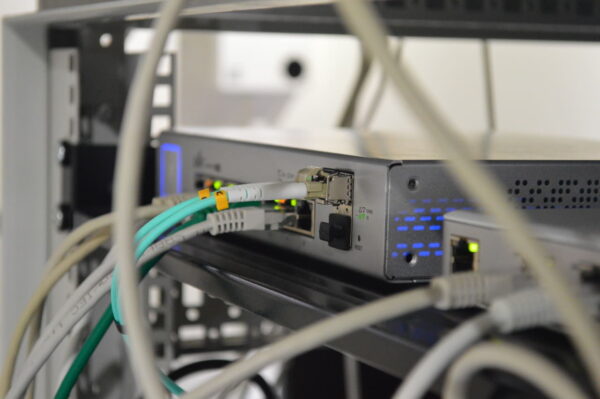In today’s digital age, a stable and reliable home network is essential for seamless communication, work, entertainment, and more. However, network issues can often disrupt our daily lives, causing frustration and inconvenience. Fortunately, with a little know-how and determination, you can become your own network troubleshooting expert.
This comprehensive guide will walk you through the essential steps and strategies to diagnose and fix common network problems. Whether you’re experiencing slow internet, dropped connections, or limited access, we’ve got you covered.
DIY Network Troubleshooting at Home

Are you tired of dealing with buffering videos, laggy online gaming, or intermittent internet? It’s time to take matters into your own hands with DIY network troubleshooting at home. By understanding the intricacies of your network setup and employing a systematic approach, you can quickly identify and resolve most issues.
Checking Hardware Connections
A solid foundation starts with the right connections. Ensure all cables, including Ethernet cables and power cords, are securely plugged in. Loose connections can lead to disruptions in your network signal.
Rebooting Your Network Devices
When in doubt, reboot! Power cycle your router and modem by unplugging them, waiting for a few seconds, and plugging them back in. This simple yet effective step can resolve minor glitches and restore your network’s functionality.
Wi-Fi Signal Optimization
Is your Wi-Fi signal weak or unreliable? Consider repositioning your router to a central location in your home, away from obstructions and interference sources. Also, avoid placing it near large metal objects or electronic devices that might disrupt the signal.
Updating Firmware
Outdated firmware can be a culprit behind network issues. Regularly check for firmware updates for your router and other devices and apply them as needed to ensure optimal performance and security.
Addressing IP Configuration Problems
Incorrect IP configurations can lead to connectivity problems. Set your devices to obtain IP addresses automatically (DHCP) to prevent conflicts and ensure smooth communication within your network.
Checking for Interference
Other electronic devices can interfere with your Wi-Fi signal, causing disruptions. Devices like cordless phones, microwaves, and baby monitors operate on similar frequencies. Minimize interference by keeping these devices away from your router and using Wi-Fi channels with less congestion.
FAQs
To enhance your home network’s performance, you can start by checking hardware connections, rebooting your network devices, optimizing Wi-Fi signal strength, updating firmware, and addressing IP configuration problems.
If your network signal is frequently dropping, you can try rebooting your router and modem, repositioning your router for better Wi-Fi signal, and minimizing interference from other electronic devices.
To fix slow internet and buffering problems, ensure your hardware connections are secure, consider updating your router’s firmware, and keep your router away from devices that might interfere with the Wi-Fi signal.
Prevent connectivity problems by setting your devices to obtain IP addresses automatically (DHCP). This prevents IP conflicts and ensures smooth communication within your network.
To minimize Wi-Fi signal interference, reposition your router away from obstructions and interference sources, avoid placing it near metal objects or electronic devices that disrupt the signal, and select Wi-Fi channels with less congestion.
Conclusion
Embarking on the journey of DIY network troubleshooting at home empowers you to overcome network challenges with confidence. By following the expert advice provided in this guide, you can enhance your understanding of network setups, resolve common issues, and maintain a reliable connection for all your online activities. Remember, a stable network is the foundation for a seamless digital experience.